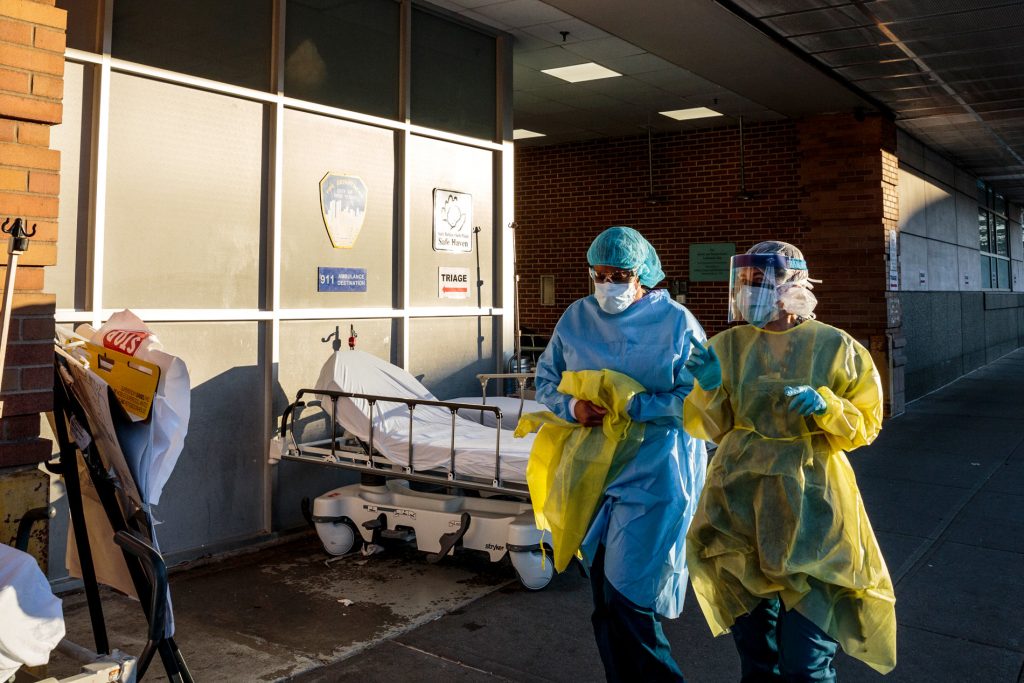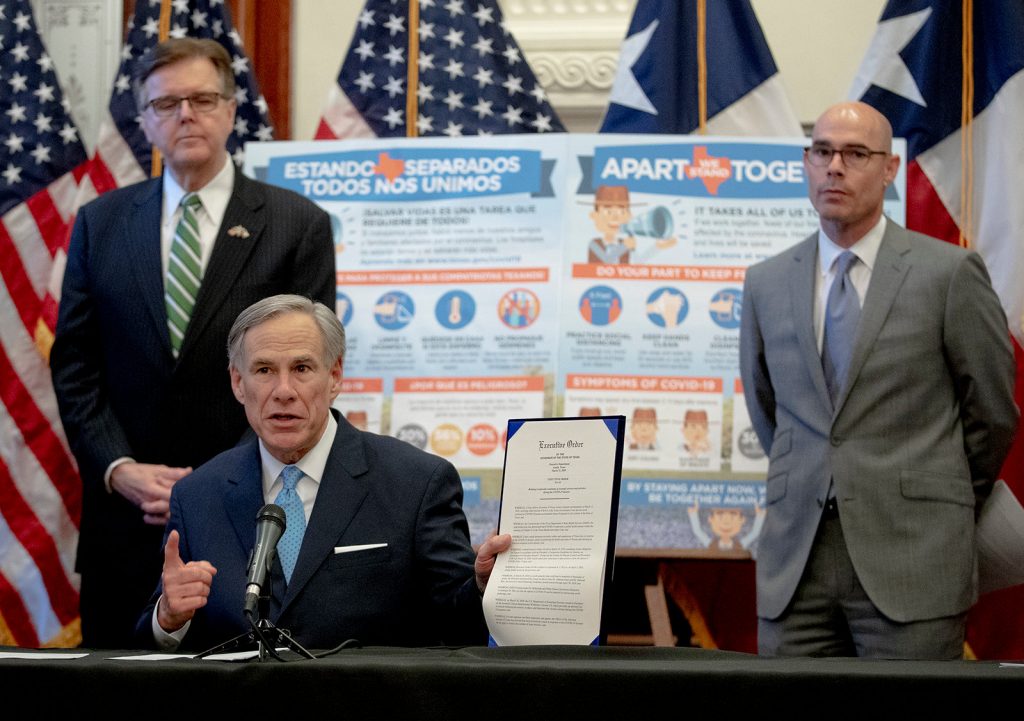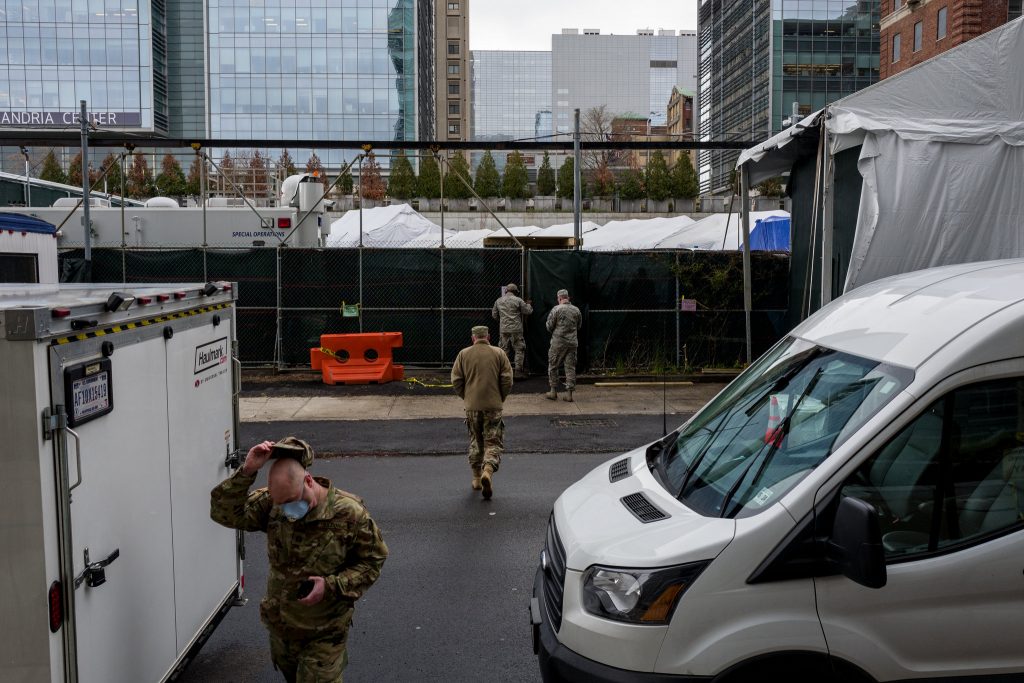
BMW to shut down European factories over virus
For the first time, the government has declared all 50 states a major disaster for the same event. Some pastors plan to hold Easter services despite stay-at-home guidance.
Here’s what you need to know:
- U.S. surpasses Italy in the total number of confirmed deaths.
- A Times examination reveals the extent of President Trump’s slow response as the virus spread.
- For the first time, all 50 states are now under a federal disaster declaration for the same event.
- Abortion providers ask Supreme Court to let clinics continue to perform some procedures.
- The Pentagon said it would use special powers to ramp up production of millions of N95 masks.
- A Trump ally, who the president said had the coronavirus, died from complications.
- Federal prison chief defends response as infection and unrest spread behind bars.

U.S. surpasses Italy in the total number of confirmed deaths.
The United States on Saturday surpassed Italy in the total number of confirmed deaths from the coronavirus, reaching its deadliest day on Friday with 2,057 deaths. As of Saturday afternoon, the total stood at 20,229.
Already the pandemic has put more than 16 million out of work, forcing President Trump into the difficult choice of reopening the country as it reels economically from the pandemic.
Deaths in the United States per capita remained lower than in Italy, though some experts have warned that geography and population density have helped cushion the United States so far. To date, the virus has killed 19,468 in Italy, or 32 individuals per 100,000 people. In the United States, the number of deaths per 100,000 people was six.
The country’s death toll, which has more than doubled over the past week, is now increasing by nearly 2,000 most days.
As Mr. Trump grapples simultaneously with the most devastating public health and economic crises of a lifetime, he finds himself pulled in opposite directions. Bankers, corporate executives and industrialists are pleading with him to reopen the country as soon as possible, while medical experts beg for more time to curb the coronavirus.
Tens of thousands more people could die. Millions more could lose their jobs. And his handling of the crisis appears to be hurting his political support in the run-up to November’s election.
In a Saturday night interview with Jeanine Pirro on Fox News, Mr. Trump said the decision on whether to reopen the country is the “toughest” he has ever faced, but he intends to make it “fairly soon” with input from political, business and medical leaders.
“It’s going to be based on a lot of facts and on instinct also,” Mr. Trump said. “Whether we like it or not, there is a certain instinct to it. But we have to get our country back. People want to get back. They want to get back to work.”
But the decision on when and how to reopen is not entirely his. The stay-at-home edicts keeping most Americans indoors were issued by governors state by state.
The president did issue nonbinding guidelines urging a pause in daily life through the end of the month. And if he were to issue new guidance outlining a path toward reopening, many states would probably follow or feel pressure from businesses and constituents to ease restrictions.

But the central question is how long it will be until the country is fully back up and running.
The governors of Texas and Florida, both Republicans, have started talking about reopening businesses and schools in their states, echoing signals from Mr. Trump.
But the leaders of California and New York, both Democrats, are sounding more cautious notes about how quickly things can get back to normal.
“California’s curve is flattening,” Gov. Gavin Newsom said on Twitter on Friday. “But that progress will only hold if we continue to STAY HOME and practice physical distancing.” And Gov. Andrew M. Cuomo of New York said that widespread testing for coronavirus antibodies would be required before his state could consider reopening nonessential businesses.
Gov. Greg Abbott of Texas said on Friday that he wanted the state’s businesses to reopen sooner than later, insisting that the coronavirus had slowed its spread in some areas, and that it was not as prevalent in Texas as it was in New York, California and other hard-hit states.
Mr. Abbott said he would issue an executive order this week laying out the timetable and standards for reopening Texas businesses. “We want to open up, but we want to open up safely,” Mr. Abbott told reporters on Friday.
In Texas, the governor’s announcement came as the state has yet to hit its peak in coronavirus cases; more than 12,000 Texans have tested positive, with 253 deaths. And it came just 10 days after he issued what is effectively a statewide stay-at-home order on March 31, long after most other states had done so.
Throughout January, as President Trump repeatedly played down the seriousness of the virus and focused on other issues, an array of figures inside his government — including top White House advisers and experts deep in the cabinet departments and intelligence agencies — identified the threat, sounded alarms and made clear the need for aggressive action.
Dozens of interviews and a review of emails and other records by The New York Times revealed many previously unreported details of the roots and extent of his halting response:
- The National Security Council office responsible for tracking pandemics received intelligence reports in early January predicting the spread of the virus, and within weeks raised options like keeping Americans home from work and shutting down large cities.
- Despite Mr. Trump’s denial, he was told at the time about a Jan. 29 memo produced by his trade adviser, Peter Navarro, laying out in striking detail the potential risks of a coronavirus pandemic.
- The health and human services secretary directly warned Mr. Trump of the possibility of a pandemic during a call on Jan. 30, the second warning he delivered to the president about the virus. The president said he was being alarmist.
- The health secretary publicly announced in February that the government was establishing a “surveillance” system in five American cities to measure the spread of the virus. It was delayed for weeks, leaving administration officials with almost no insight into how rapidly the virus was spreading.

Abortion providers in Texas asked the Supreme Court on Saturday to let their clinics continue to perform some procedures after a federal appeals court upheld orders from state officials prohibiting most abortions.
In their Supreme Court filing, lawyers from Planned Parenthood and the Center for Reproductive Rights said the Texas health crisis did not justify severe restrictions on the constitutional right to abortion.
Three weeks ago, Gov. Greg Abbott, a Republican, ordered a halt to “all surgeries and procedures that are not immediately medically necessary.” That included abortions “not medically necessary to preserve the life or health of the mother,” Ken Paxton, the state’s attorney general, said in a news release. Other abortions, he said, must be postponed to preserve protective gear and other resources to fight the coronavirus pandemic.
-
Latest News
-
Top Posts in April



















Comments